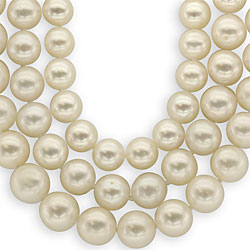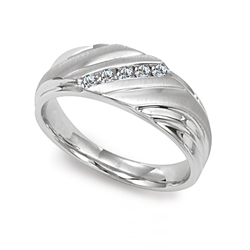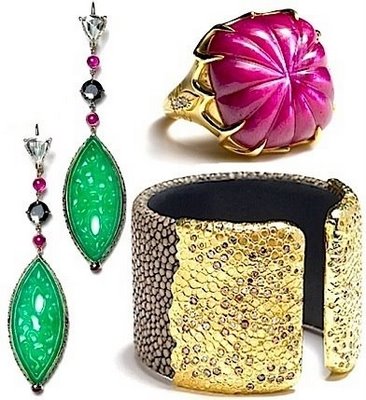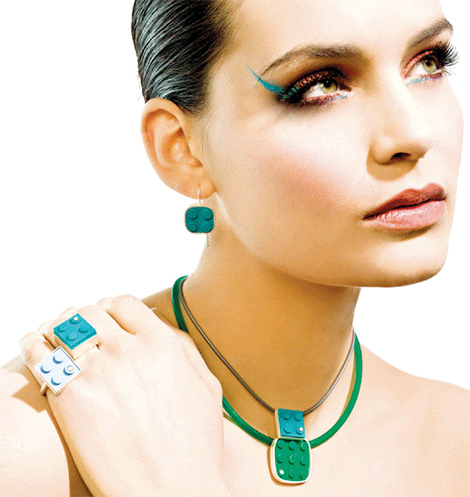Picking out an engagement ring can seem like a costly gamble. Will she love the proposal but secretly dislike the ring? How will you know? Forewarned is forearmed. This great piece relays the important cues you need to look for, whether you choose a moissanite dazzler or a traditional diamond engagement ring:
Number 1: Pay Attention!
Paying attention to her jewelry likes and dislikes is the first big step towards finding her the perfect engagement ring:
What metal color does she wear now? Most women have a definite preference. If she loves white gold or platinum, don’t even look at a diamond or other stone mounted in a yellow gold ring setting.
What style of jewelry does she wear now? Is it contemporary-looking, with bold styling? Does she prefer vintage looking rings? Or would you say that the jewelry she wears is classic, resembling those timeless pieces that never go out of style?
The best indication of her tastes is the jewelry she wears all the time, not items she only wears occasionally, because it’s the full-timers that she’s most comfortable with.
Number 2: Has She Hinted at her Likes and Dislikes?
Has she ever mentioned her favorite jewelry styles or pointed out engagement rings when you’re shopping together? If not, take her shopping. It isn’t difficult to steer yourselves towards the jewelry stores. If you want to be subtle, say you’re looking for a new watch, but be sure to pause at the engagement ring counters.Maybe she has a friend who recently became engaged. Does she like her friend’s engagement ring? Why or why not?
Does she like diamonds? Some women don’t. Sapphires and rubies are both durable gemstones that are often set into engagement rings for women who don’t like to wear diamonds.
Number 3: What Looks Best on Her Hands?
An elongated diamond, such as a marquise or oval, can make short fingers look more sleek–but be careful not to overdo the look or it could have the opposite effect.Wide bands usually make fingers appear even shorter than they are, so think proportional:
Women with long fingers can easily wear bold ring styles.
A setting that’s extremely delicate could get lost on large hands, over-emphasizing their size and making the ring look smaller.
Number 4: Choose the Right Shape & Setting
Round diamonds are the number one shape chosen by brides, but maybe not your bride. She might prefer an elongated marquise, oval or pear-shaped stone, or an square or emerald cut diamond. Fancier shapes, such as hearts, are another option.Do you think she’d like a solitaire diamond, set alone in a band, or would she prefer a cluster of stones? Her current jewelry can give you clues about her preferences.
Number 5: Consider her Lifestyle
How will the ring fit in with her lifestyle? Does she work in a profession where fussy jewelry would look out of place? Even if she doesn’t, remember that a pointed gem with high prongs could snag clothing (and people) and is harder to keep clean. Save that type of ring for gifts that will be worn on special occasions, not every day.
Number 6: What’s her Ring Size?
Does she have rings that she wears on her engagement finger? Maybe a friend or family member could get hold of one of them long enough for you to have it sized. Of course, you’ll have to swear the messenger to secrecy.
Number 7: Consider a Loose Diamond
If you think you know which shape she loves, buy a loose diamond to show her when you ask the big question. The two of you can shop together later for the perfect engagement ring setting.Now that you have a better feel for the style of ring she might prefer, it’s time to consider the diamonds that will go into it. Start with the Four C’s, then take some time to browse other topics in Diamond Basics and Engagement Ring Resources. If she’s not into diamonds, start with the articles in Colored Gemstones.
Number 8: Consider Your Budget



























